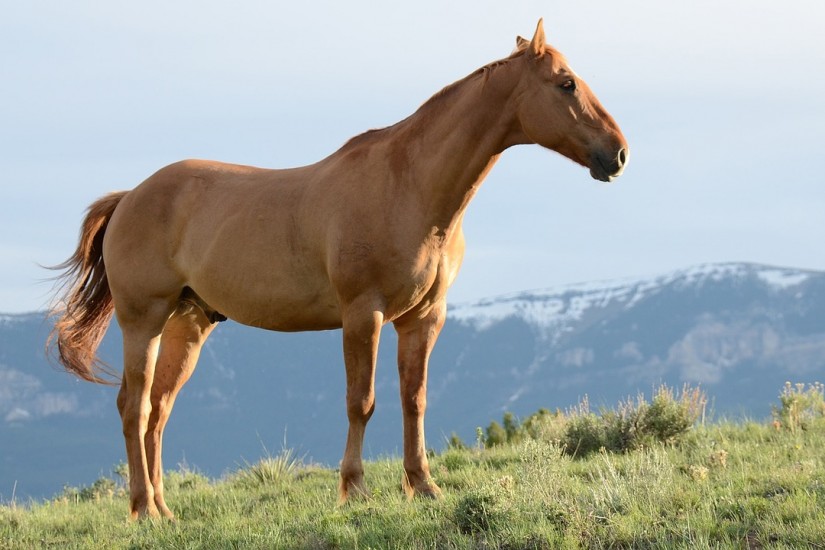Horses originated in North America. They departed for Eurasia when the climate cooled in the Pleistocene, only to return thousands of years later with the conquistadors. Horses became a taboo meat in the ancient Middle East, possibly because they were associated with companionship, royalty, and war. The Book of Leviticus rules out eating horse, and in 732 Pope Gregory III instructed his subjects to stop eating horse because it was an “impure and detestable” pagan meat. As butchers formed guilds, they too strengthened the distinction between their work and that of the knacker, who broke down old horses into unclean meat and parts. By the 16th century, hippophagy—the practice of eating horse meat—had become a capital offense in France.
However, a combination of Enlightenment rationalism, the Napoleonic Wars, and a rising population of urban working horses led European nations to experiment with horse meat in the 19th century. Gradually, the taboo fell. Horses were killed in specialist abattoirs, and their meat was sold in separate butcher shops, where it remained marginalized. Britain alone rejected hippophagy, perhaps because it could source adequate red meat from its empire.
In these narratives, horse meat is the food of poverty, war, social breakdown, and revolution.
America also needed no horse meat. For one part, the Pilgrims had brought the European prohibition on eating horse flesh, inherited from the pre-Christian tradition. But for another, by the 1700s the New World was a place of carnivorous abundance. Even the Civil War caused beef prices to fall, thanks to a wartime surplus and new access to Western cattle ranges. Innovations in meat production, from transport by rail to packing plants and refrigeration, further increased the sense of plenty. Periodic rises in the price of beef were never enough to put horse on the American plate.
Besides, horse meat was considered un-American. Nineteenth-century newspapers abound with ghoulish accounts of the rise of hippophagy in the Old World. In these narratives, horse meat is the food of poverty, war, social breakdown, and revolution—everything new migrants had left behind. Nihilists share horse carcasses in Russia; wretched Frenchmen gnaw on cab horses in besieged Paris; poor Berliners slurp on horse soup.
But in the 1890s, a new American horse meat industry arose, if awkwardly. With the appearance of the electric street car and the battery-powered automobile, the era of the horse as a transportation technology was ending. American entrepreneurs proposed canning unwanted horses for sale in the Old World, paying hefty bonds to guarantee they wouldn’t sell their goods at home. But Europe had higher standards and didn’t like the intrusion of American meat onto its home market. U.S. aversion to regulation had led to food scares and poisonings. When French and German consuls visited a Chicago abattoir suspected of selling diseased horse to Europe, opponents tried to smear the U.S. Agriculture secretary, who had previously intervened. By 1896, the fledgling industry was faltering: Belgium barred U.S. horse meat, Chicagoans were rumored to be eating chevaline unwittingly, and the price of horses had fallen so drastically that their flesh was being fed to chickens because it was cheaper than corn.
